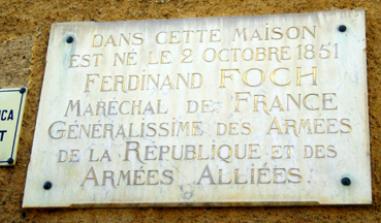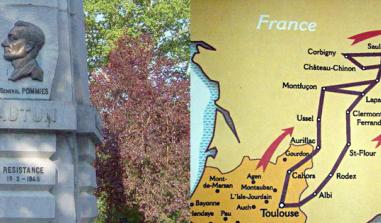Massey Museum

Les nouvelles salles. © Mairie de Tarbes
This museum in the Hautes-Pyrénées département, offers the opportunity to trace the history of one of the most prestigious and feared cavalry corps, from its beginnings to the present day.
Located in a magnificent green setting in the heart of the city, the Massey Museum was born out of the dreams and desires of a man from Tarbes, Placide Massey. Placide Massey was the manager of the Le Trianon tree nursery and the vegetable garden of the Queen at Versailles. On his retirement he decided to build a villa on land purchased in Tarbes, where he had already created a park planted with rare species. On his death in1853, he bequeathed some of his properties to the city of Tarbes: a remarkable garden and an unfinished project for a museum, an oriental style building, dominated by an observation tower looking on to the Pyrenees, the work of the architect Jean- Jacques Latour. The town has since fulfilled the gardener's dream: the rare species garden has now been given the label of "remarkable garden" and is open for everyone to enjoy and the museum has been given the label "Museum of France".
The Massey Museum is closed to the public as the building and its collections are currently undergoing a large-scale phase of reconstruction and renovation.
In 2005 the works were entrusted to the Parisian architectural firm Dubois et Associés, who have outstanding references testifying to their sound experience in redeveloping museums: the Museum of Fine Arts in Caen, Museum of Fine Arts in Lyon and the Toulouse Lautrec Museum in Albi. In 2009 the Massey Museum's collections were transferred to modern and practical stores installed on the site of the former weapons store, the 103. This completely renovated former tobacco factory is now a "centre for conservation and heritage studies" and is also home to the city's archives. Now emptied of all its objects, the Museum can at last undergo a face lift. The work that started in June 2009 will be finished at the end of 2011. The façade already offers a glimpse of the quality of the restoration work in anticipation of the interior renovations. The public will be able to visit a modern building designed to respond to the requirements for conservation of the public collections, as a record of society and respond to the expectations of as wide an audience as possible. Everyone, whether or not they are an expert, should be able to experience a moment of pleasure, conviviality or culture in this magnificent setting.
The tour covers the first two floors where the museum's two largest collections are to be displayed: the historical collection of the Hussars and the fine arts collection. The ground floor and some of the first floor will be devoted to the history of the hussars. The two large rooms on the first floor have been reserved for displaying the fine arts collections. 1 - The international Hussars collection: The Hussars collection was built up from 1955 onwards by Marcel Boulin, who was then the museum curator. This collection, which is now of international importance, links the breeding of Anglo-Arab horses with the presence of the regiments of Hussars in garrisons in Tarbes. The public displays in the new museum will present the chronological history of the Hussars from 1545 to 1945.
The major stages in the museum tour will put the emphasis on the tactical originality which gave birth to the "hussar phenomenon", to its expansion across the world from the 16th to the 20th centuries and to the continuity of its Hungarian origins in the identity and the role of Tarbes as a place where this is preserved for France. Two hundred full-sized models and busts, six hundred weapons and a hundred paintings by artists such as Horace Vernet, Ernest Meissonnier and Edouard Detaille will tell the eventful history of the hussars from thirty different countries. Epic events as well as more personal ones will be recalled through accurate text, original exhibits, specially selected illustrations and the use of new multimedia technology.
2 - The fine arts collection Achille Jubinal, a lover of art and Member of Parliament for the Hautes-Pyrénées département, was the founder in the 19th century of the Massey Museum's fine arts collection. He formed his collection of major works from the Italian school of the 16th and 17th centuries, the Dutch and Flemish schools of the 16th and 17th centuries and the French schools of the 18th and 19th centuries through an intermediary network of friends and political connections. His initiative led to further donations, such as those from the Fould family and the Academic Society of the Hautes-Pyrénées. Other important works granted by the State came to further enrich the collections. In the new rooms on the first floor the Massey Museum will display a selection of the most distinctive works. The setting up of temporary exhibitions will provide a greater insight into the works held in the stores. The public will thus be invited to discover and enjoy the masterpieces displayed on a themed tour, where mythology and the religious arts have an important place.
Massey Museum Mairie de Tarbes Massey Museum- BP 1329 65013 TARBES cedex 09 Tel.: + 33 (0)5.62.44.36.90 E-mail: musee@mairie-tarbes.fr
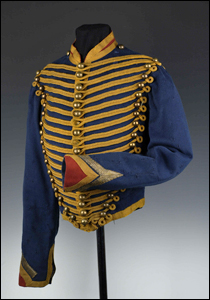
Dolman 8e Hussards1858-1860 B. Malvaux. © Mairie de Tarbes
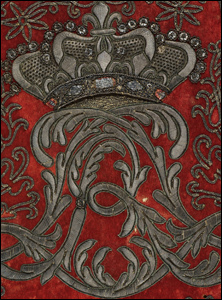
1780 détail sabretache off berch. © Mairie de Tarbes
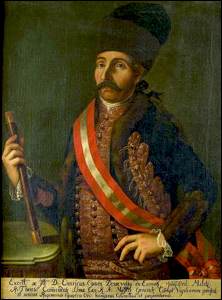
Emerich Dessewffy colonel de Hussards austro- hongrois. © Mairie de Tarbes
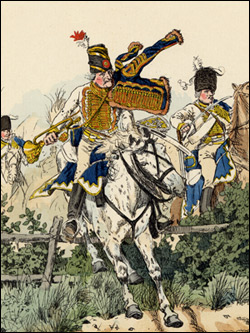
Hussaren von Köhler 1792 par Knötel. © Mairie de Tarbes
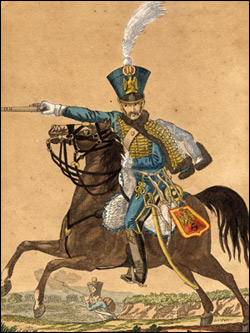
Cavalier du 5e Hussards en 1812 par Martinet. © Mairie de Tarbes
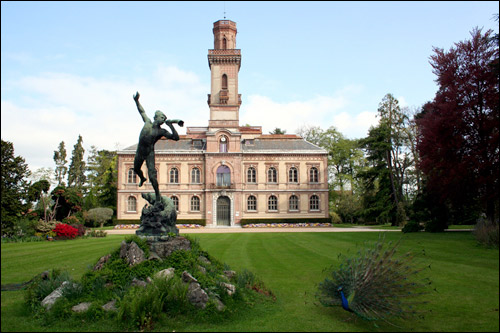
Le jardin du musée Massey. Source : Wikimedia
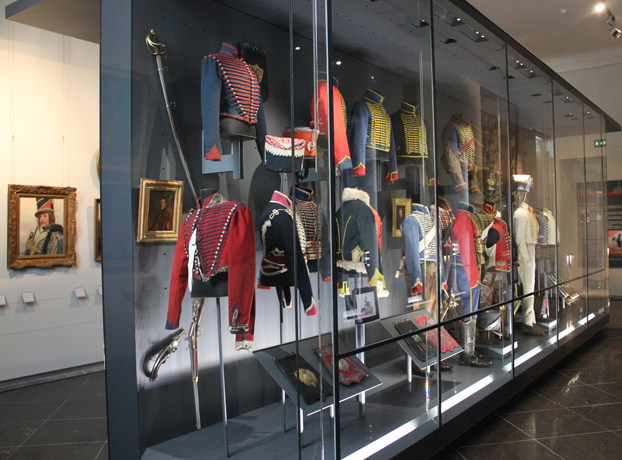
Les nouvelles salles. © Mairie de Tarbes
Practical information
Jardin Massey 65000
Tarbes
Tél. : 05.62.44.36.90
tous les jours sauf le mardi, de 10h à 19h fermé le 1er mai
Fermé le 1er mai


